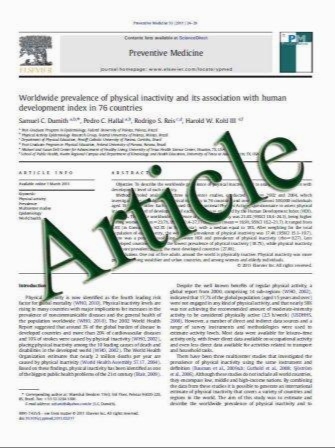Residual tumor after laser ablation of human non-small-cell lung cancer demonstrated by ex vivo staining: correlation with invasive temperature measurements
- نوع فایل : کتاب
- زبان : انگلیسی
- مؤلف : Christian Oliver Martin Hoffmann · Christian Rosenberg · Albert Linder · Norbert Hosten
- چاپ و سال / کشور: 2011
Description
Object Histology is the gold standard for confirming thermally induced necrosis. Generally, however, no specimen is obtained from thermal ablation therapy for pathological examination. The aim of this study was to provide evidence for the relationship between temperatures reached and resulting tissue coagulation during laser ablation in a nearphysiological ex vivo lung tumor model by combining viability staining and direct temperature measurement. Materials and methods In all, 17 human lung specimens with primary non-small-cell lung cancer (NSCLC) were examined in this study. Organs were resected with curative intent from patients of either gender (5 female, 12 male) with an average age of 65 years (51.78). Here, 11/17 specimens were subjected to interstitial laser thermal ablation in an ex vivo lung perfusion and ventilation model after surgery. A control group of 6/17 specimens was tested for viability without laser ablation. Tissue temperature was measured invasively in real-time during the ablation process using thermocouples. Afterwards, representative slices of all 17 specimens were tested for viability with triphenyltetrazolium chloride (TTC). Maximum tissue temperature Tmax [.C] measured at a distance of 10 and 20mm from the laser tip and time of temperature exposure were correlated with the diameter of the induced coagulation as ascertainResults Mean maximum temperature was 75.9.C پ} 14.4.C at a distance of 10 mm from the laser tip and 50.3.C پ} 14.6.C at a distance of 20 mm, respectively. The mean distance between the coagulation margin and the laser tip was 17.8 mmپ} 7.3 mm. Conclusion We found that coagulation size correlated positively with temperature. There was a clear trend towards the correlation of time over 44.C and ablation depth. Maximum temperatures did not significantly correlate with coagulation size. Laser ablation of lung tumors using the IHLP (isolated human lung perfusion) model represents a possible method for evaluating ex vivo the interrelationships of temperature, time of temperature exposure, and resulting coagulation.ed with viability staining. CH evaluated the results.
Magn Reson Mater Phy DOI 10.1007/s10334-011-0261-z Received: 23 November 2010 / Revised: 18 April 2011 / Accepted: 9 May 2011


